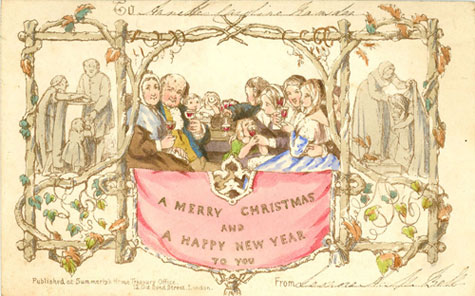ARCHIVAL MOMENT
March 29, 1869

The Mullock Episcopal Library (now the Basilica Museum) is home to some of the oldest books in the province.
On this day (29 March 1869) the talk in the town was all about the death of the Catholic Bishop of St. John’s, John Thomas Mullock.
John Thomas Mullock was born in 1807 at Limerick, Ireland. In July, 1850, he became the Catholic Bishop of Newfoundland.
He is celebrated for much that he did for the local church, he completed the splendid Cathedral (now Basilica) of St. John’s, built the Episcopal Library now the home for the Basilica Museum, founded St. Michael’s Orphanage, and established St. Bonaventure’s College. All buildings designated in 2010 as part of the Ecclesiastical District of St. John’s by Parks Canada.
He would have likely celebrated the building of The Rooms in the neighborhood of his Basilica Cathedral. He had hoped that the neighborhood around the Basilica would become the academic and cultural centre of the town.
He was also keen to make Newfoundland a hub of activity in the emerging communications industry. Long before the first attempts to lay a submarine cable across the Atlantic he was (1857), the first to publicly propose the feasibility of connecting Europe with America by means of submarine telegraph.
In a series of two lectures on Newfoundland given in St John’s in 1860 he revealed his hope in his adopted land:
“The present generation in Newfoundland . . . leaves a mighty inheritance to their children, and we are forming the character of a future nation.”
Recommended Reading: Ecclesiastical History of Newfoundland, volume II / by Archbishop Michael F. Howley, edited by Brother Joseph B. Darcy, associate editor, John F. O’Mara.






![The_Rooms_[1]](http://104.236.223.150/wp-content/uploads/2012/03/The_Rooms_1-167x300.jpg)



